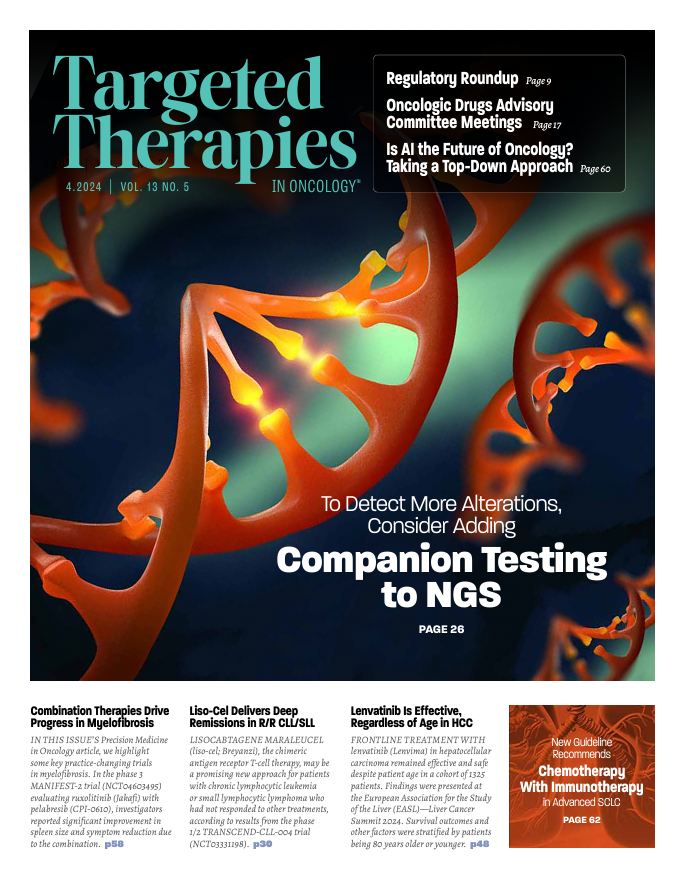The Myeloma Trial Result I Did Not See Coming
A new drug called belantamab mafodotin significantly improved survival in relapsed multiple myeloma patients compared to a standard treatment.
John M. Burke, MD
Hematologist and Medical Oncologist, Rocky Mountain Cancer Centers Associate Chair, US Oncology Hematology Research Program Aurora, CO

Occasionally we hear about a trial result in oncology that makes our mouths drop open in amazement at its enormity. Examples include results from the IRIS trial (NCT01316250), which established imatinib (Gleevec) as a treatment for chronic myeloid leukemia or from the BCIRG 006 trial (NCT00021255), which demonstrated the benefit of adjuvant trastuzumab (Herceptin) in HER2-positive breast cancer. Findings announced at the American Society of Clinical Oncology Plenary Series brought out one of those “Wow, I didn’t see that one coming!” responses from me. The trial was DREAMM-7 (NCT04246047), which compared head- to-head belantamab mafodotin (belamaf; Blenrep) vs daratumumab (Darzalex), both in combination with bortezomib (Velcade) and dexamethasone (BVd vs DVd), in patients with relapsed multiple myeloma.
The FDA initially approved belamaf in 2020 for patients with myeloma who had previously received at least 4 prior therapies. The drug, however, causes ocular toxicity. Patients receiving the drug were mandated to see an ophthalmologist before every dose of belamaf, meaning every 3 weeks. I personally administered the drug to several patients, and it was a nuisance for them, to say the least.
Two years later, belamaf was withdrawn from the market because evidence from DREAMM-3 (NCT04162210), showed that the drug did not improve progression-free survival compared with pomalidomide (Pomalyst) plus dexamethasone. What chance did belamaf have against the mighty daratumumab in DREAMM-7? Quite a good one, as it turned out. Compared with the DVd arm, the BVd arm nearly tripled the median progression-free survival—from 13.4 to 36.6 months. There was a strong trend toward an improvement in overall survival (18 months, 84% vs 73%) in favor of the BVd arm.
To me, these results are staggering. Will DREAMM-7 change the field? I think most oncologists are probably moving daratumumab into the front line at this point. We have seen from the KarMMa-3 (NCT03651128) and CARTITUDE-4 (NCT04181827) trial data that early use of BCMA-targeting CAR T-cell therapies improves outcomes in myeloma. It would not surprise anyone if ongoing trials of BCMA-targeting bispecific antibodies were to show similar results. How these products get incorporated into clinical practice in myeloma will be interesting to see. The future of myeloma therapy is bright, as long as your vision is not too blurry to see it.












